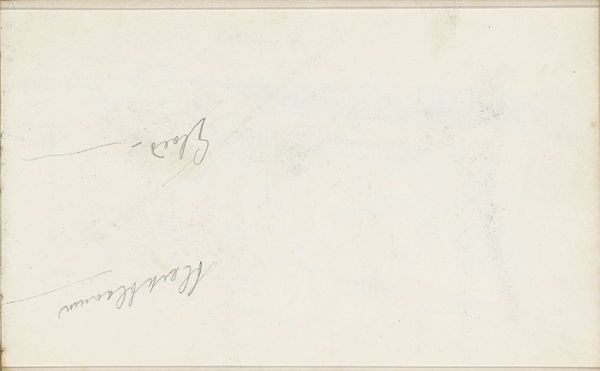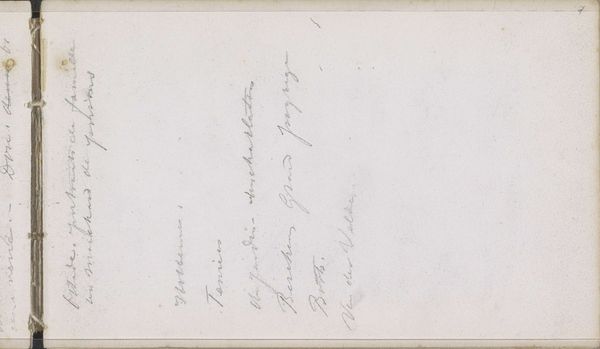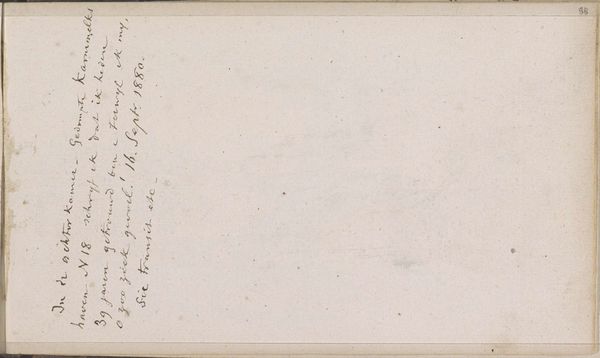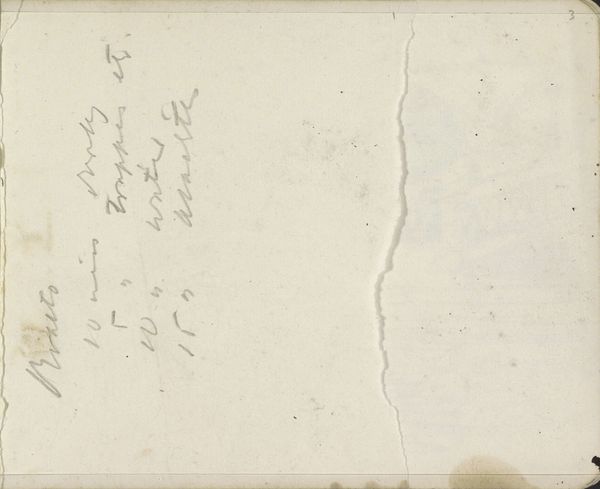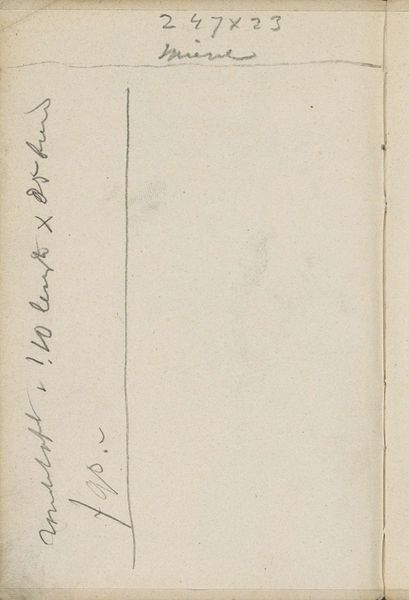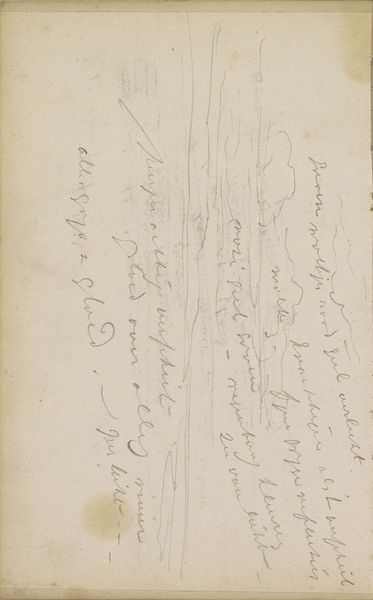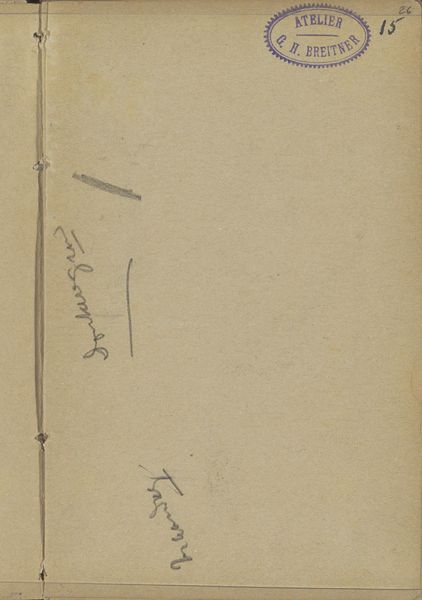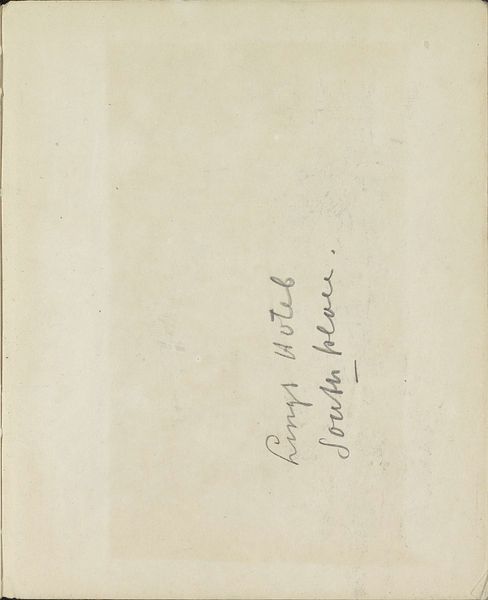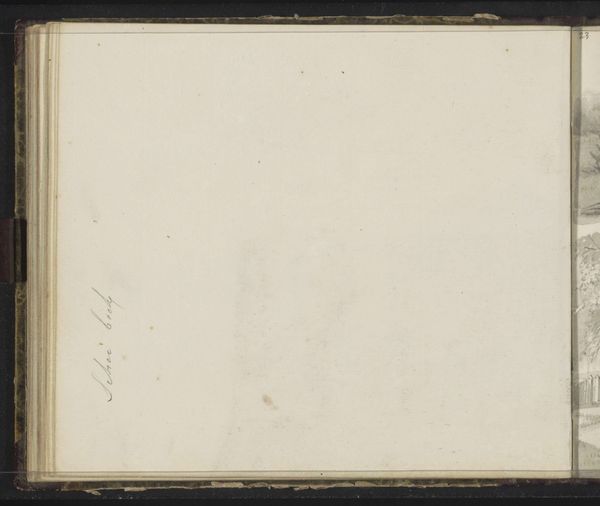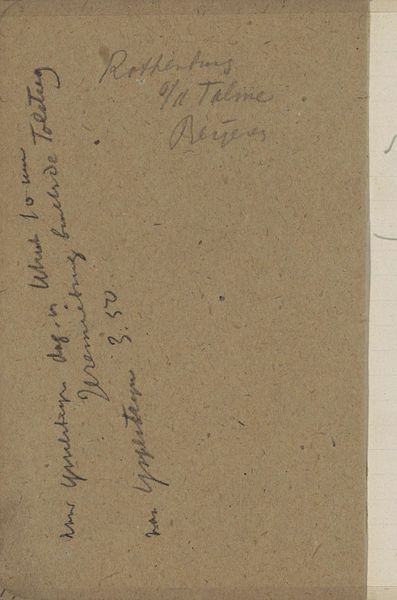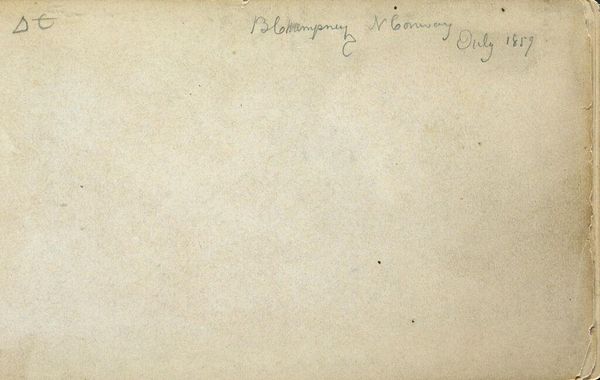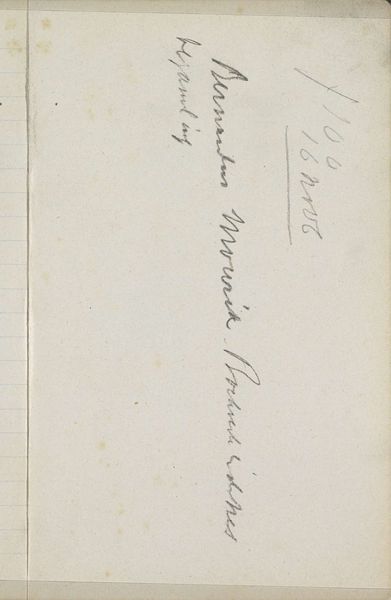
drawing, paper, pencil
#
drawing
#
impressionism
#
paper
#
pencil
Copyright: Rijks Museum: Open Domain
Curator: Here we have "Annotaties," a pencil on paper drawing by George Hendrik Breitner, likely created between 1883 and 1885. It's currently held in the Rijksmuseum's collection. What are your first impressions? Editor: Stark. Spare. It has a very unassuming presence; the pale surface of the paper feels almost untouched. Is it unfinished? Curator: It certainly departs from what the public usually expects from Breitner. Though today we appreciate his sensitive registration of the modern urban experience of late nineteenth century Amsterdam, Breitner worked from extensive notes. He was concerned to capture movement and fleeting sensory perceptions, and this is one example of that. These scribbled details would allow him to conjure and orchestrate finished paintings and sketches. Editor: I notice how the artist juxtaposes seemingly unrelated sets of figures. One gets the feeling of notations more than a structured composition. What significance could these notations have for the artist's wider social observation? Curator: Exactly. Breitner made notes about all sorts of mundane details to support his pictures—house numbers on a canal or calculations for color contrasts to capture gaslight at dusk. This served as an important touchstone to guarantee the overall realism. Editor: I am struck by the absence of dramatic gesture or emotion, as if only certain data counts in this register of experience. He's after concrete detail, resisting emotional commentary. Curator: Absolutely. Remember that Breitner positioned himself outside the art establishment of his time. By creating an artwork based on experience, as opposed to academic ideals, he was establishing a position within society, where visual interpretation was a matter of concrete record. Editor: The starkness also reflects the artist's approach to seeing itself: reducing his reality to a bare visual equation or calculation, each visual sign a precise quantity. Curator: I agree, it offers a fascinating insight into Breitner’s working methods and, by extension, into the evolving dynamics of social imagery at that time. Editor: Indeed. It’s as if the artist reduces existence to numerical, measurable form; fascinating!
Comments
No comments
Be the first to comment and join the conversation on the ultimate creative platform.


